Category: Wearables
-

Google files patent for cancer targeting wearable
Following its patent application for a pill that “paints” cancer cells for scanner detection, Google has filed a new patent for a wearable to detect and destroy the painted cells. It describes a Calico developed device that “can automatically modify or destroy one or more targets in the blood that have an adverse health effect”. These could…
-

Suit, patch allow doctors to safely treat Ebola patients
At SXSW this week, USAID unveiled a biomedical suit and a wearable sensor patch to protect doctors while treating Ebola patients. The John’s Hopkins developed suit takes two minutes to put on. It has anti-fogging capabilities and will contain a cooling system, allowing doctors to wear it for longer periods. Past protective suits took 30 minutes to put on, were…
-
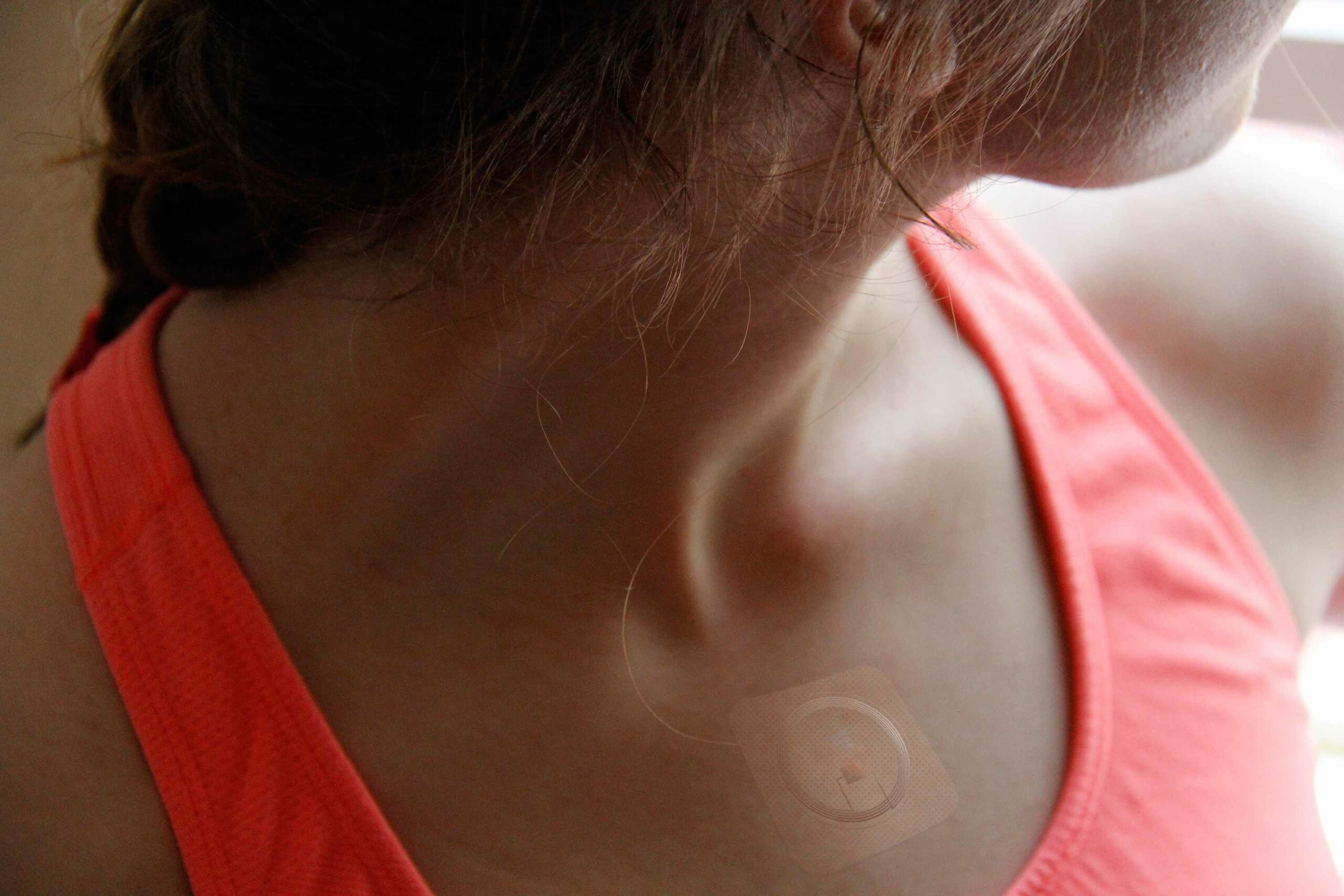
Biosensor patch to manage obesity, diabetes
Mayo Clinic and Gentag have announced the joint development of wireless, disposable patch sensors to monitor and manage obesity and diabetes. The wearables will communicate with smartphones via a closed-loop diabetes management system. Other indicators monitored by Gentag patches include heart rate, temperature, hydration, sweat, blood sugar, lactic acid, electrolytes and other biomarkers. It is unclear how many of these…
-
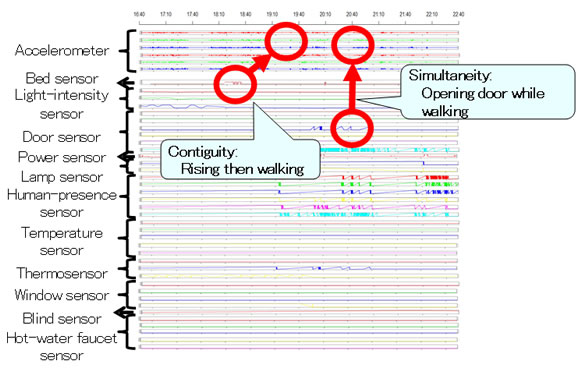
Home + wearable sensors detect motor function issues
Fujitsu Laboratories, CASALA, and Insight@UCD have developed technology that detects abnormal motor function early using wearable and home embedded sensors. 110 ambient sensors were installed in a home which, combined with wearable sensors, collected extensive daily routine data. Researchers discovered abnormalities that often go unnoticed by doctors by extracting “opened door” or “walked” events that…
-
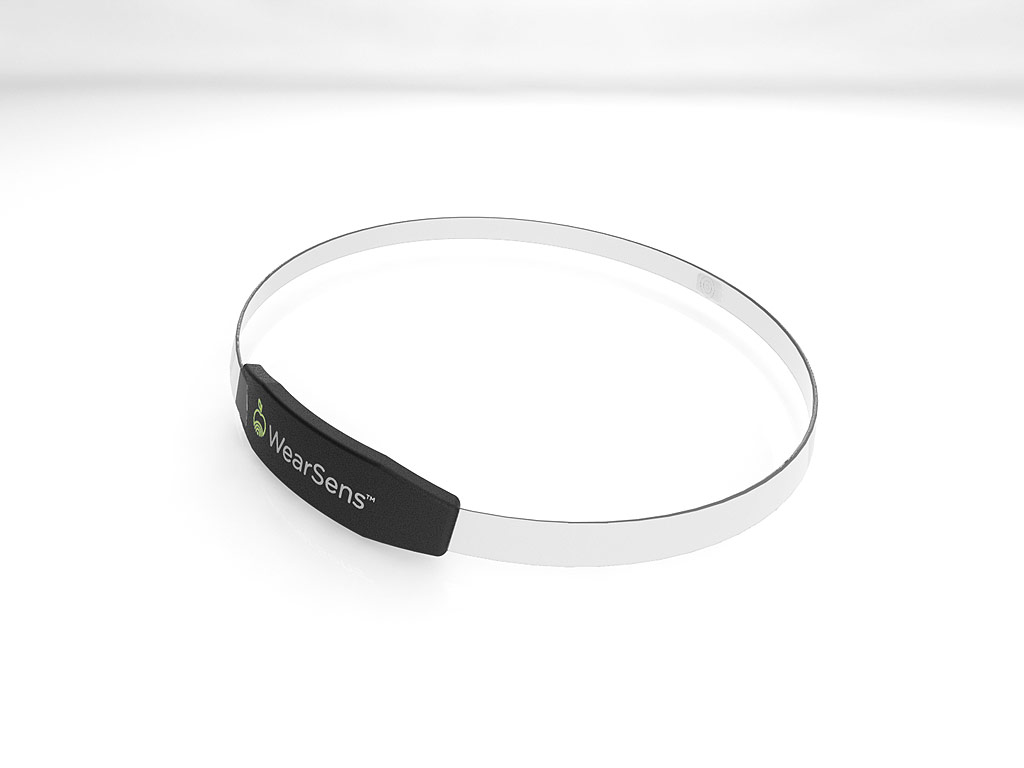
Smart necklace tracks food intake
UCLA’s Majid Sarrafzadeh, Haik Kalantarian and Nabil Alshurafa are developing WearSens, a piezoelectric sensor necklace that tracks vibrations near one’s neck to determine food intake. The wearable works with apps, such as MyFitnessPal, to monitor food eaten (as well as drinking and smoking), including calories, and make wellness recommendations. Its creators compare it to a wearable food diary…
-

Smart watch strap enables customized monitoring
Pebble Time and Time Steel will incorporate a charging and data conductor, enabling the use of custom “smartstraps.” This will empower the wearer to determine–and change–the type of monitoring he or she desires. External companies will develop compatible straps with various health and fitness tracking capabilities. The Pebble could power the straps, or a second battery…
-
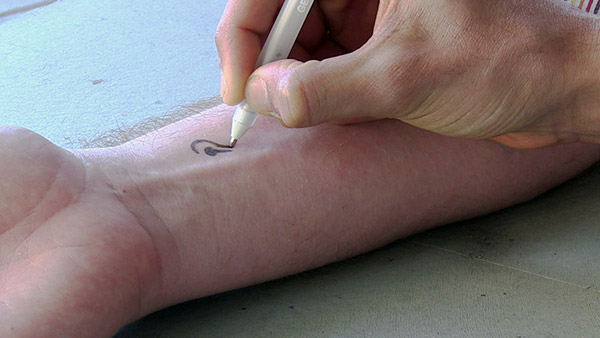
Bio-ink pens for “do-it-yourself” sensor monitoring
Led by Joseph Wang, creator of the non-invasive glucose monitor ApplySci described in January, UCSD engineers are developing “do it yourself” sensors, drawn directly on skin and smartphones. The simple, cheap sensors could be used in the clinic, at home, or on the battlefield. The bio-inks react with several chemicals, including glucose. Biocompatible polyethylene glycol is…
-

Cheap, self powered, wireless, disposable health tracker
The University of Tokyo‘s Hiroshi Fuketa has created a flexible, wireless, self-powered, cheap, disposable continuous vital sign monitor. The armband’s temperature sensor measure body heat under the arm, piezoelectric speaker provides audible feedback, and amorphous silicon solar cells provide power. Its organic ink circuits are printed onto a plastic film. Other sensors could be incorporated to…
-
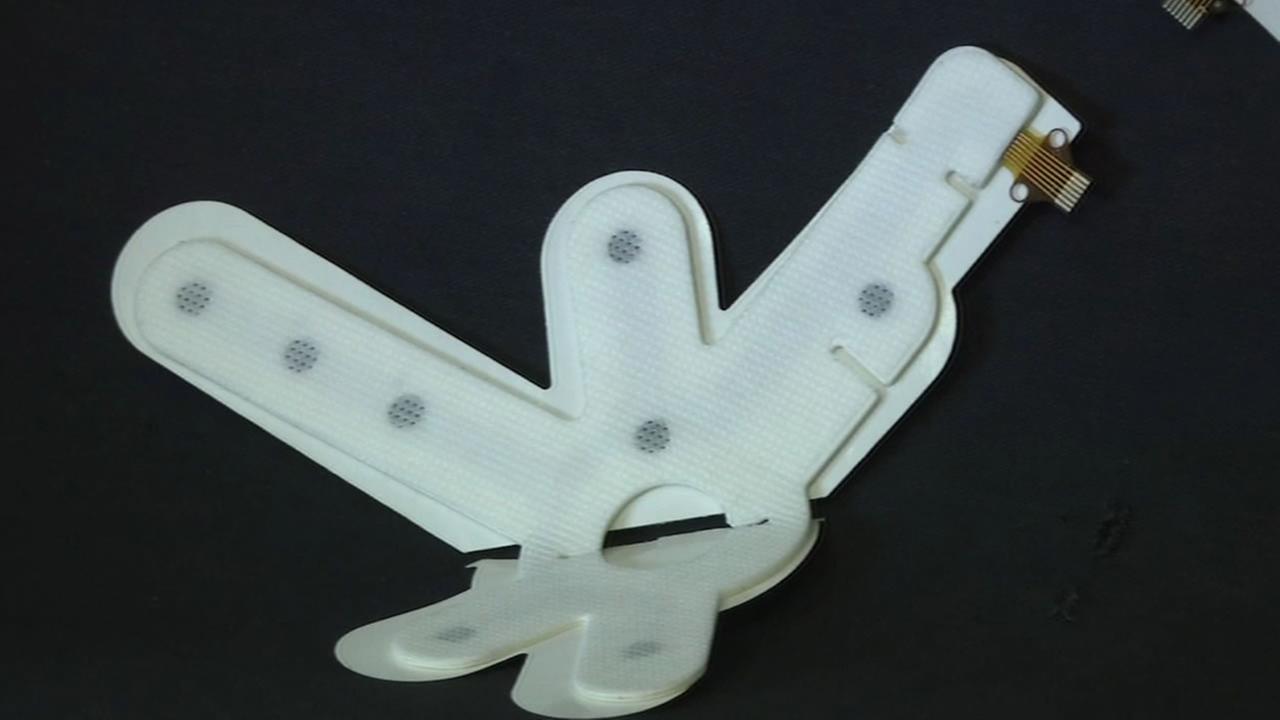
Patch detects breast cancer temperature patterns
Cyrcadia Health‘s iTBra contains patches that detect circadian temperature changes within breast cells. The data is sent to a lab via smartphone, and analyzed with Nanyang Technical University developed algorithms. Abnormal temperature and cellular signaling patterns are immediately sent to one’s doctor. The technology detects normal circadian cellular baselines, as well as abnormal patterns…
-
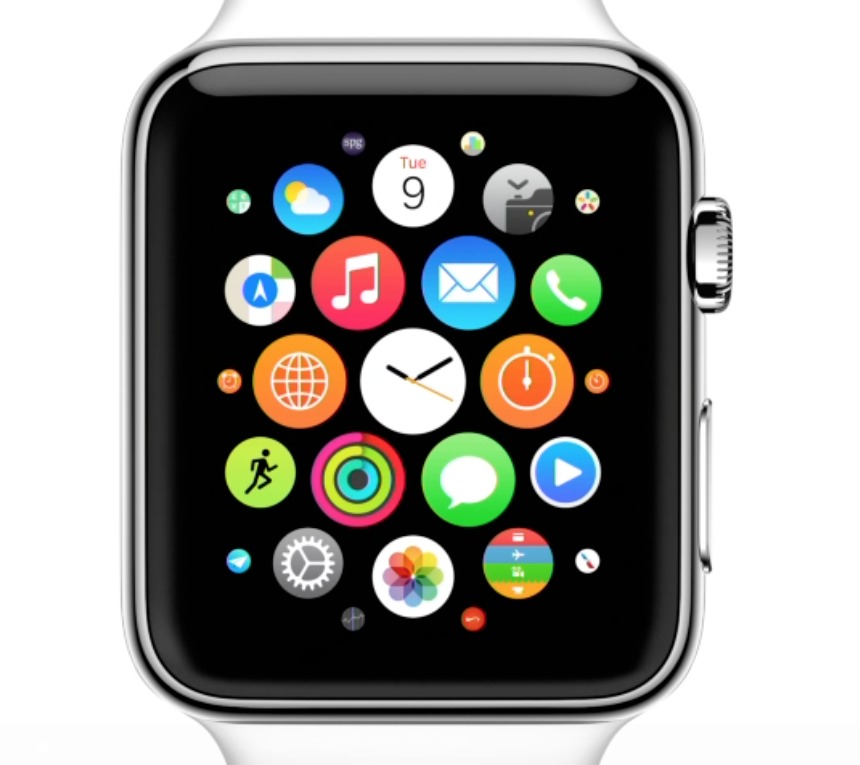
Apple Watch issues put wearable accuracy in spotlight
This week the Wall Street Journal reported Apple’s announcement about its highly anticipated watch not featuring planned health monitoring features. It is unclear if the glucose tracker ApplySci detailed this month will still be included. Apple Watch was envisioned as a device full of sensors that could measure heart rate, stress levels, blood pressure and more.…
-
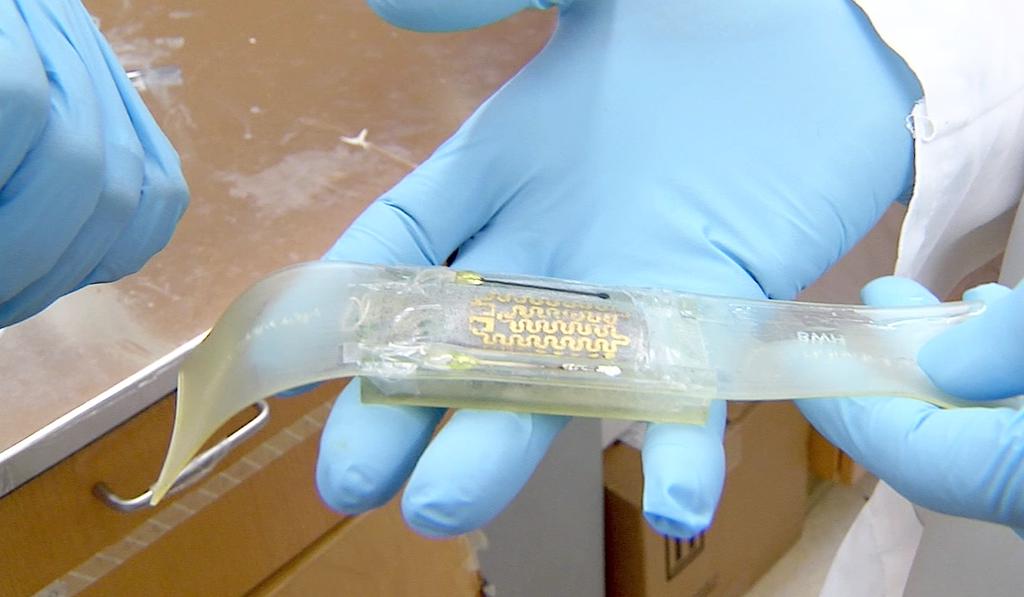
Smart bandage continuously measures pH and oxygen
Harvard professor Ali Khademhosseini, a doctor at Brigham and Women’s Hospital, is developing a smart bandage that determines a wound’s healing progress and distributes medicine accordingly. The prototype bandage looks like rubber, and has visible sensors tracking pH balance (for bacterial infection), and oxygen, automatically delivering oxygen or antibiotics topically. Diabetic foot ulcers might be better treated this…
-
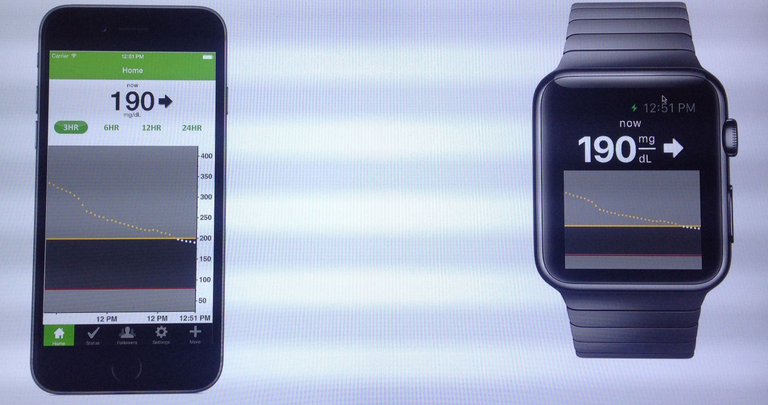
Apple watch will track glucose
The forthcoming Apple Watch will include the DexCom glucose tracking app. To use it, a tiny sensor must be placed under the skin to measure glucose levels every five minutes. Results will be displayed on the watch with a simple graph. While DexCom has FDA approval, due to recent a recent FDA clarification on wearable devices, other…